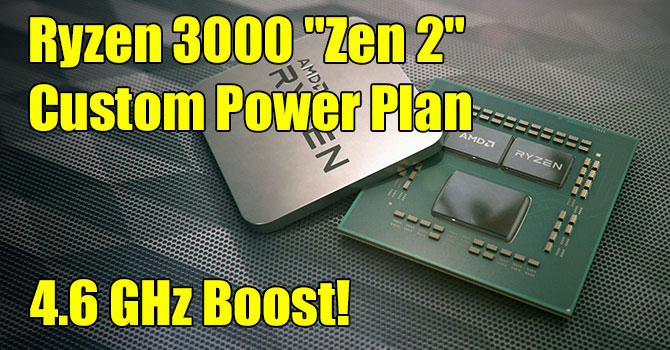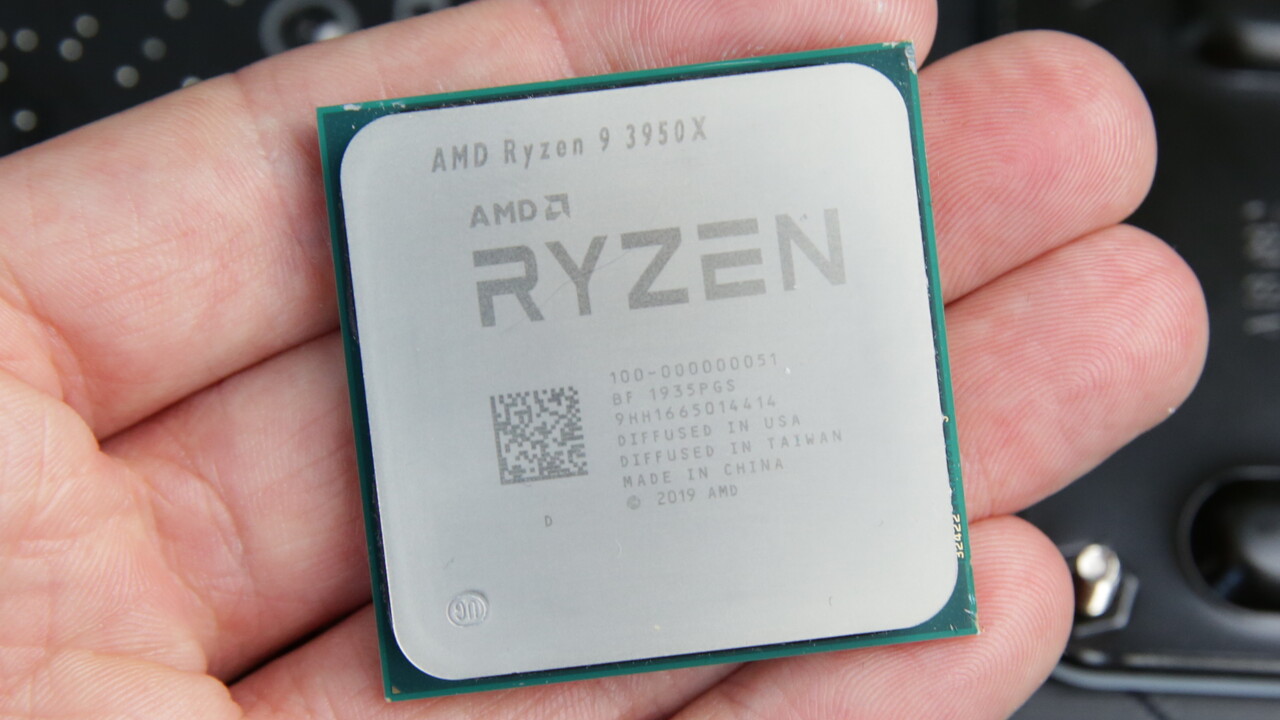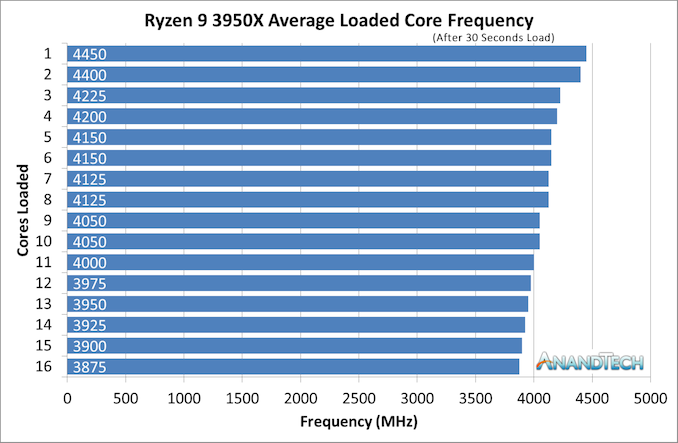DrMrLordX
Lifer
- Apr 27, 2000
- 23,062
- 13,164
- 136
I wrongly figured that all the SATA 3 ports were the same. I ran benchmarks and they were identical. Meaning the SATA 3 ports were throttled. I looked up ASmedia SATA 3 and complaints about their ports being slow were everywhere. I switched to the other set of SATA 3 ports and the speeds are back where they should be.
As a general rule-of-thumb, boot devices like SATA SSDs go on SATA #0, which should be a "native" SATA port, part of the main chipset. Add-on (connected via PCI-E) SATA port controllers (ASMedia, JMicron, Marvell, Via), have traditionally never quite performed as well as the native SATA ports, Intel or AMD platform. Also, historically, Intel native SATA6G ports have been slightly faster than AMD native SATA6G ports, but at that point, you're mostly splitting hairs, especially if you have a less-than-top-of-the-line SATA SSDs. (Basically any SATA SSD other than a Samsung, and the most recent Intel SATA SSDs.)I wrongly figured that all the SATA 3 ports were the same. I ran benchmarks and they were identical. Meaning the SATA 3 ports were throttled. I looked up ASmedia SATA 3 and complaints about their ports being slow were everywhere. I switched to the other set of SATA 3 ports and the speeds are back where they should be.
I've never experienced such bad speeds from SATA 3 ports before.
There's a reason they are called asmedia. However there's one s missing!I wrongly figured that all the SATA 3 ports were the same. I ran benchmarks and they were identical. Meaning the SATA 3 ports were throttled. I looked up ASmedia SATA 3 and complaints about their ports being slow were everywhere. I switched to the other set of SATA 3 ports and the speeds are back where they should be.
I've never experienced such bad speeds from SATA 3 ports before.


for the binning status I think we need to know the clock for this chartThe binning is incredible.

for the binning status I think we need to know the clock for this chart

I did, but that freq means povray testing and I cant find in the article of the power numbers are for that testing

 www.techspot.com
www.techspot.com

the cinebench allmighty gives 9228 vs 7220 score, so 7720/12*16=9626 and 9626/9928=1.043 so the freq is about 4.3% lower
so with that freq/voltage curve this means nothing special, just standard board regulation for power limit
most of thise CPUs in the chart (except HEDT) are 91,95 or 105 W TDP
TDP=new internet joke of this age
not sure that previous SKUs could hit such a value even when overclocked with higher voltages.
It's just 3950X today.Where are the 3960 and 3970x reviews ? Wasn't that today also ?
You got so caught up in trying to prove your point that you forgot about the 16 cores vs the 12 in the 3900X. Nothing special, eh? OK.I did, but that freq means povray testing and I cant find in the article of the power numbers are for that testing
I dont see any extra binning except it can reach single core of 4,7GHz, for a hefty increase in single core power from 18 to 24W for 100 MHz
my guess on the clocks is
the cinebench allmighty gives 9228 vs 7220 score, so 7720/12*16=9626 and 9626/9928=1.043 so the freq is about 4.3% lower
AMD Ryzen 9 3950X Review: The New Performance King
The Ryzen 9 3950X looks to bridge the gap between mainstream and high-end desktop platforms and is the most expensive mainstream platform CPU we've seen in a...www.techspot.com
so with that freq/voltage curve this means nothing special, just standard board regulation for power limit
however this is new level of performance one can get on standard desktop, but for who, for me my 3900X is a big overkill
I still think AMD should place the price higher, they are not using their chance
as for TDP,
most of thise CPUs in the chart (except HEDT) are 91,95 or 105 W TDP
TDP=new internet joke of this age
Heat.I cannot imagine any reason why the power consumption of the 3950X as a function of the cores used should have this weird characteristic, as measured by Anandtech. Why does it not go like I indicated with the green line?
View attachment 13213
It could just be HP doing it, with AMD being complicit in setting the CPUID name string for a batch of OEM CPUs for them. Remember that thread about the Future Shop ad, with AMD A8 APUs in laptops, being sold as "10 Core". Maybe someone will do the favor of looking that one up. I believe that was also HP's doing.AMD apparently is now ripping off Intel's low end core marketing with the Athlon Gold 3150U. Not sure if legit. Despite what it says it is likely Pinnacle Ridge based.


